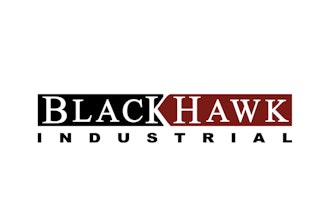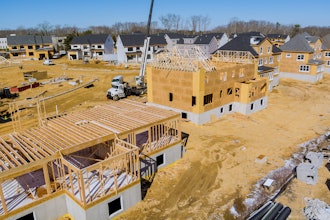Logistics Efficiency, Location, Technology Among Key Management Concerns
From our perspective at Cushman & Wakefield, Inc., it has never been more challenging than it is right now to be a supply chain manager or a manager of a company’s facilities strategy. Corporate America is experiencing a new and pressing paradigm that spans the entire supply chain.
Consumer demand patterns are shifting rapidly, impacting order cycle times, retail formats and service level requirements. The dynamics of material and labor supply are changing dramatically as well. Logistics connects these issues. And the significant cost and capacity challenges in logistics today are creating real volatility in critical supply chain variables.
We think the current paradigm in supply chain management can be roughly aggregated into three main categories:
- Logistics efficiency
- Location strategy
- Technology management
Logistics efficiency is quite tactical. It centers on the ongoing management of the movement of goods. The rising cost of transportation is a complicated issue – one that is difficult to manage. Today in the U.S., four of every five goods move over the road, but this will be changing. Rail will become bigger. Water goods movement will be made easier by the expansion of the Panama Canal, opening we hope in 2015.
Another exciting development in logistics efficiency involves the continued adaptation of natural gas to trucking. Given the abundance of natural gas in this country and the huge potential benefits of figuring out how to fuel trucks with natural gas, many larger 3PL have already indicated their plans to add natural gas refueling to their capacities.
The second area of focus, location strategy, centers again on changes in transportation and fuel costs, as well as a decline in available labor savings from manufacturing off shore. In short, manufacturing companies are thinking differently about location. A location project that five years ago would have considered only China may now today be looking at Mexico. A project looking at Mexico may now for various reasons also be looking at the southeast United States.
U.S. manufacturing wages were 22 times that of China as recently as 2005. Today that wage gap is under 10X and will likely be under 5 by 2015. The fact is location determines competitive advantage. Location variables such as labor, utilities, transportation infrastructure and incentives, and their impact on the success of a supply chain, are the real forces that connect real estate strategy with supply chain strategy.
The third area of management concern involves keeping up with the evolution of technology, where the current pace of advancement is making heads spin. Advances in material handling technology and in high performance facility engineering will help us overcome labor cost inflation and labor capacity shortages. Advances in customer data mining technologies will be used to continue to define better product and inventory strategy. Advances in asset tracking and continued application of GIS technology will provide better visibility into and management control over productivity of supply chain assets, including tracking equipment, inventory and people.
Of course, with the availability of any new technology comes an adoption challenge. It is important for companies to question whether and when a new technology makes sense, and what the payback will be. Capital remains tight, and technology adoption and strategy presents significant risk moving forward.
With all of this in mind, supply chain is just not easy right now. With so many basic fundamentals of supply and demand unclear, supply chain executives are balancing competing priorities. Yet while significant potential pitfalls could erode profits, there also exist big opportunities to squeeze inefficiencies out of every supply chain. Success in this new environment will depend on flexibility and diversity, and the ability to quantify and understand the cost and value of change.


















